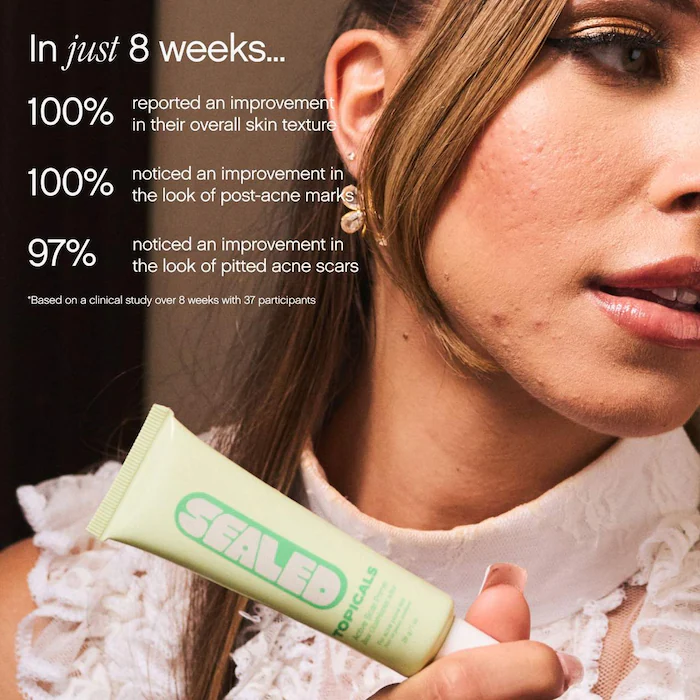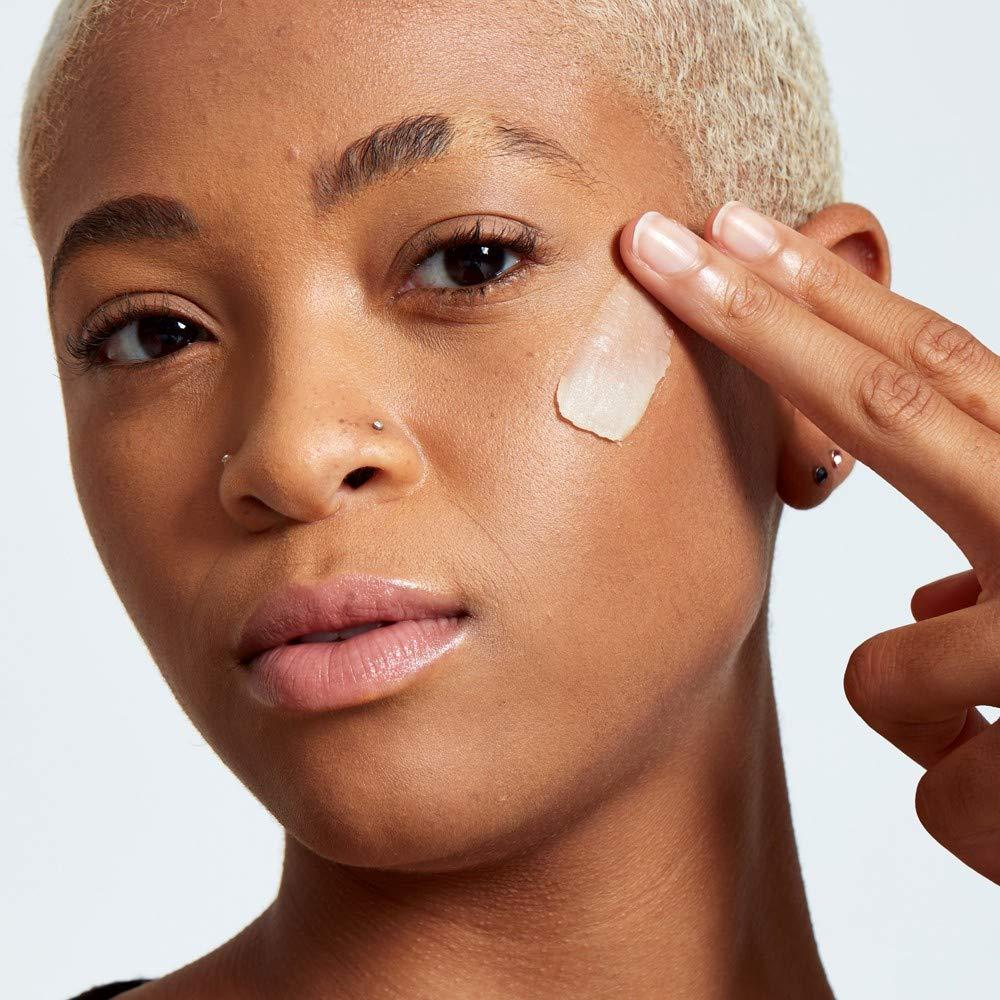
The Ultimate Guide to Primer for Acne-Prone Skin
The Ultimate Guide to Primers for Acne-Prone Skin
Acne-prone skin presents unique challenges when it comes to makeup application. The right primer can make a significant difference in how makeup looks and wears throughout the day. This comprehensive guide explores the world of primer specifically designed for acne-prone skin, offering insights into their benefits, key ingredients, and how to choose the best option for your skin type.
Understanding the Role of Primers for Acne-Prone Skin
Primers serve as a crucial step in any makeup routine, but they become even more essential for those with acne-prone skin. These specialized products create a smooth canvas for makeup application, helping to minimize the appearance of pores, control excess oil, and provide a barrier between the skin and makeup. For acne-prone individuals, primers can offer additional benefits such as soothing inflammation, delivering acne-fighting ingredients, and preventing makeup from clogging pores.
The right primer can help makeup stay in place longer, reducing the need for touch-ups throughout the day. This longevity is particularly beneficial for those with oily or combination skin, as it helps combat shine and maintain a matte finish. Some primers also contain color-correcting properties, which can help neutralize redness associated with acne and create a more even skin tone before foundation application. By incorporating a primer specifically formulated for acne-prone skin into their routine, individuals can achieve a smoother, more flawless makeup application while addressing their skin concerns simultaneously.
Key Ingredients to Look for in Acne-Prone Skin Primers
When selecting a primer for acne-prone skin, paying attention to the ingredient list becomes crucial. Look for primers that contain salicylic acid, a beta-hydroxy acid (BHA) known for its ability to penetrate pores and exfoliate dead skin cells. This ingredient helps prevent clogged pores and reduce acne breakouts. Niacinamide, also known as vitamin B3, offers multiple benefits for acne-prone skin, including regulating oil production, reducing inflammation, and improving overall skin texture.
Zinc oxide not only provides sun protection but also has anti-inflammatory properties that can help soothe irritated skin. Kaolin clay works wonders in absorbing excess oil and mattifying the skin, making it an excellent ingredient for those with oily or combination skin types. Silica, often found in primers, helps absorb oil and create a smooth surface for makeup application.
For hydration without clogging pores, look for ingredients like hyaluronic acid or glycerin, which attract moisture to the skin without adding excess oil. Tea tree oil, known for its antibacterial properties, can help combat acne-causing bacteria when included in primer formulations. By choosing primers with these beneficial ingredients, individuals with acne-prone skin can address their skin concerns while preparing their face for flawless makeup application.
Texture and Formulation: Choosing the Right Consistency
The texture and formulation of a primer play a significant role in its effectiveness, especially for acne-prone skin. Gel-based primers often work well for oily and acne-prone skin types, as they provide a lightweight, non-greasy feel while helping to control excess sebum. These formulations typically contain high water content, which can help hydrate the skin without adding unnecessary oils. Silicone-based primers create a smooth, velvety texture on the skin and can be particularly effective at filling in pores and fine lines.
However, some individuals with acne-prone skin may find that silicone-heavy formulas exacerbate their breakouts, so patch testing becomes essential. Water-based primers offer a lightweight option that works well for most skin types, including acne-prone skin. These formulations hydrate the skin without adding excess oil and often contain beneficial ingredients that can improve skin health over time.
For those with extremely oily skin, mattifying primers with a more powdery finish can help control shine throughout the day. Some primers come in stick form, which can be convenient for targeted application on areas prone to oiliness or large pores. When choosing a primer texture, consider your skin type, the climate you live in, and your personal preferences for how the product feels on your skin.
Application Techniques for Maximum Effectiveness
Proper application of primer ensures maximum benefits for acne-prone skin. Start with clean, moisturized skin to create the best base for primer application. Allow your skincare products to fully absorb before applying primer, typically waiting about 5 minutes after moisturizing. Use a small amount of primer, as a little goes a long way. Warm the product between your fingers before gently pressing and patting it into the skin, rather than rubbing or dragging.
This technique helps prevent irritation and ensures even coverage. Focus on areas prone to oiliness or large pores, such as the T-zone, but apply the primer all over the face for a uniform base. For acne-prone skin, avoid over-applying primer, as this can lead to clogged pores and potential breakouts. If using a color-correcting primer to address redness, apply it only to the affected areas before using a regular primer on the rest of the face.
Allow the primer to set for a minute or two before applying foundation or other makeup products. This waiting period ensures that the primer has fully adhered to the skin and can effectively grip your makeup. For touch-ups throughout the day, consider using blotting papers to absorb excess oil before reapplying a small amount of primer to problem areas. By following these application techniques, individuals with acne-prone skin can maximize the benefits of their primer and achieve a smoother, longer-lasting makeup look.

Combining Primers with Acne-Fighting Skincare Routines
Integrating primers into an acne-fighting skincare routine requires careful consideration to avoid overwhelming the skin or causing further irritation. Start by establishing a consistent cleansing, toning, and moisturizing routine tailored to acne-prone skin. Use gentle, non-comedogenic products that won’t clog pores or exacerbate breakouts. Incorporate acne-fighting ingredients like benzoyl peroxide or salicylic acid into your skincare routine, but be mindful of potential interactions with your primer.
For instance, if using a salicylic acid-based cleanser, you may want to opt for a primer without this ingredient to avoid over-exfoliation. Consider using a lightweight, oil-free moisturizer before applying primer to ensure your skin remains hydrated without becoming too greasy. If using acne treatments or spot treatments, apply these products before your primer and allow them to fully absorb. Some individuals may benefit from using a primer with added skincare benefits, such as those containing niacinamide or tea tree oil, to complement their existing routine.
However, be cautious about layering too many active ingredients, as this can lead to skin irritation. Pay attention to how your skin reacts when introducing new products, including primers, into your routine. If you notice any increase in breakouts or skin sensitivity, consider simplifying your routine or consulting with a dermatologist. By thoughtfully combining primers with your acne-fighting skincare routine, you can create a comprehensive approach to managing acne-prone skin while achieving a flawless makeup base.
The Impact of Climate and Lifestyle on Primer Choice
The effectiveness of a primer for acne-prone skin can vary depending on climate conditions and lifestyle factors. In hot and humid environments, individuals with acne-prone skin may benefit from lightweight, oil-controlling primers that help combat excess sweat and sebum production. Look for formulations with ingredients like kaolin clay or silica, which absorb oil and keep the skin matte throughout the day. For those living in dry or cold climates, primers with added hydrating properties can help prevent skin from becoming dehydrated, which can paradoxically lead to increased oil production.
Lifestyle factors such as stress levels, diet, and exercise habits can also influence how a primer performs on acne-prone skin. High-stress lifestyles may lead to increased oil production, necessitating stronger oil-control properties in a primer. For individuals who exercise frequently, water-resistant primers can help maintain makeup integrity during workouts.
Those who spend long hours in air-conditioned environments may need primers with added moisturizing benefits to combat the drying effects of artificial air. Consider your daily routine when selecting a primer, opting for long-wearing formulas if you have a busy schedule with little time for touch-ups. By taking into account these environmental and lifestyle factors, individuals with acne-prone skin can choose primers that not only address their skin concerns but also adapt to their specific daily needs.
Debunking Myths About Primers and Acne-Prone Skin
Several myths surround the use of primers on acne-prone skin, often leading to confusion and hesitation among consumers. One common misconception is that all primers will clog pores and exacerbate acne. In reality, many primers are specifically formulated to be non-comedogenic and can actually help prevent makeup from settling into pores. Another myth suggests that individuals with acne-prone skin should avoid silicone-based primers entirely.
While some people may react negatively to silicones, many find that silicone-based primers effectively smooth the skin without causing breakouts. The key lies in choosing high-quality formulations and properly removing makeup at the end of the day. Some believe that using a primer means adding an unnecessary extra layer of product to already problematic skin.
However, a well-chosen primer can actually create a protective barrier between the skin and makeup, potentially reducing irritation and breakouts. There’s also a misconception that primers with SPF provide sufficient sun protection on their own. While SPF in primers offers some benefits, it’s generally not enough for adequate sun protection, and a separate sunscreen should still be used. By understanding and debunking these myths, individuals with acne-prone skin can make more informed decisions about incorporating primers into their makeup routines.

The Future of Primers for Acne-Prone Skin: Emerging Trends and Innovations
The beauty industry continually evolves, and primers for acne-prone skin are no exception. Emerging trends and innovations promise even more effective solutions for individuals struggling with acne and makeup application. One exciting development is the integration of probiotics into primer formulations. These beneficial bacteria may help balance the skin’s microbiome, potentially reducing acne breakouts and improving overall skin health.
Another trend involves the use of adaptogenic ingredients in primers, which help the skin adapt to stress and environmental factors that can trigger acne. Smart primers that adjust to the skin’s needs throughout the day are also on the horizon, with formulations that respond to changes in temperature, humidity, and oil production. Customizable primers, where individuals can add specific active ingredients to address their unique skin concerns, represent another innovative approach.
The rise of clean and green beauty has led to the development of more natural, plant-based primers that cater to acne-prone skin without harsh chemicals. Advances in encapsulation technology allow for the slow release of active ingredients throughout the day, providing ongoing benefits beyond mere makeup preparation. As technology continues to advance, we may see the integration of AI and personalized skincare analysis to recommend the perfect primer formulation for each individual’s unique skin type and concerns.
Conclusion: Empowering Acne-Prone Skin with the Right Primer
Choosing the right primer can significantly impact the makeup routine and overall skin health of individuals with acne-prone skin. By understanding the key ingredients, textures, and application techniques best suited for their skin type, people can make informed decisions that enhance their makeup look while addressing their skin concerns. The integration of primers into a comprehensive skincare routine, along with consideration of environmental factors and lifestyle habits, creates a holistic approach to managing acne-prone skin.
As the beauty industry continues to innovate, new formulations and technologies promise even more effective solutions for those struggling with acne and makeup application. By staying informed about emerging trends and debunking common myths, individuals can confidently choose primers that work best for their unique needs. Ultimately, the right primer empowers those with acne-prone skin to put their best face forward, boosting confidence and allowing their natural beauty to shine through.



